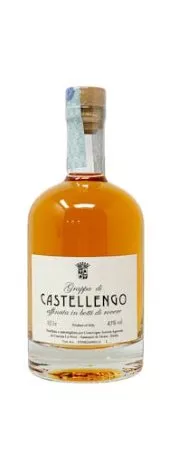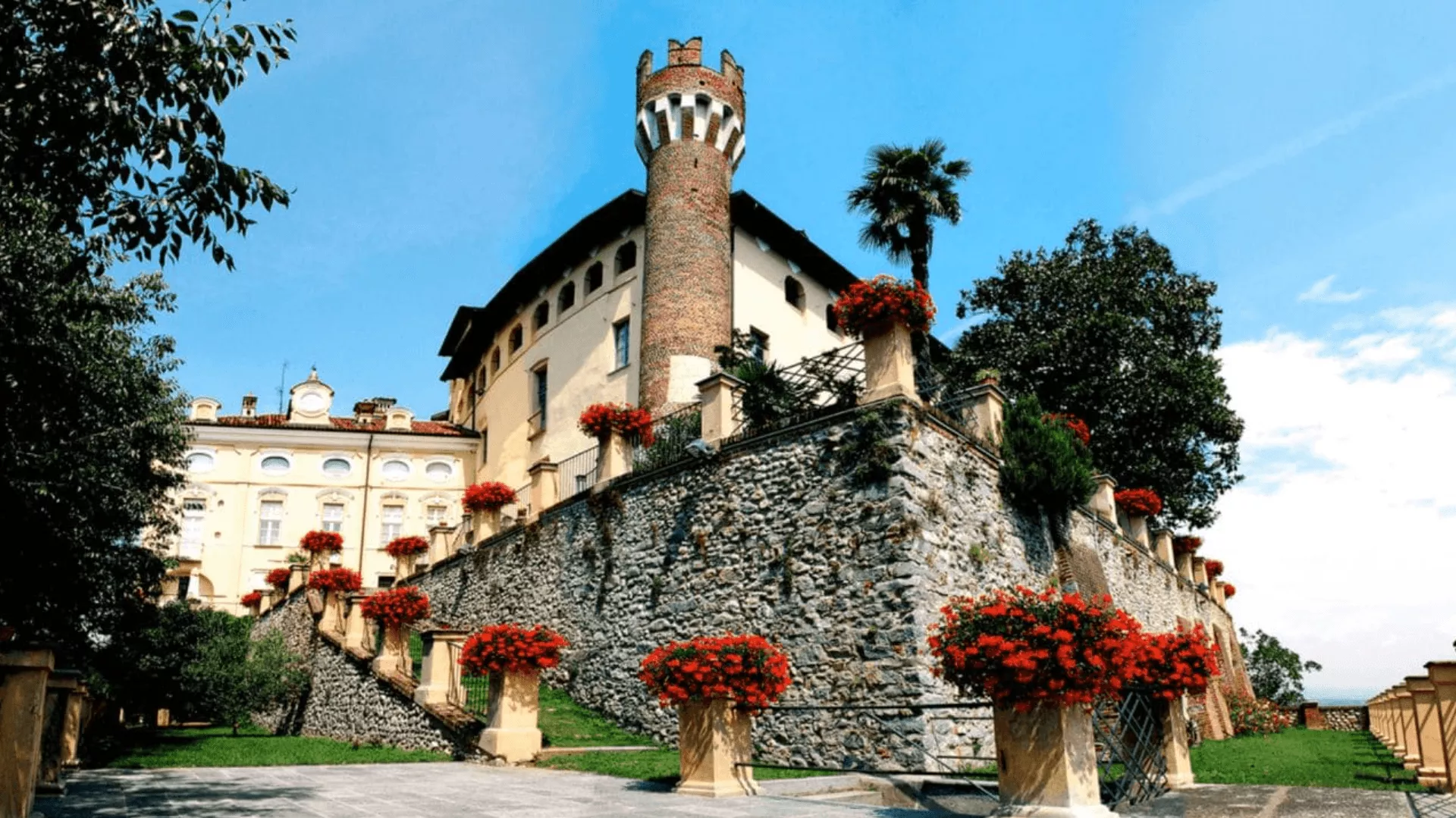Centovigne Castello di Castellengo
Our cellar
The Castle of Castellengo, situated on the Biella foothills below Monte Rosa, has for centuries been home to the production of fine wines that are produced in the surrounding vineyards on ancient lands of glacial marine origin, where Nebbiolo and Erbaluce have always been grown.
Magda and Alessandro Ciccioni reinterpret this tradition on a daily basis through the recovery, almost archaeological, of the ancient vineyards, reconstituting the historic property now called Centovigne because it consists of small vineyards distributed on the hills between the Castle of Castellengo and Mottalciata, in Upper Piedmont.
The eighteenth-century cellars enhance the use of cement tanks and large oak barrels for wine ageing, combining new knowledge and tradition in a combination of technology and history.
Our roots go back as far as 1682, the year in which the document with the list of how many presses, how many barrels and how many vats, were inside the Castellengo's crotes dates back to.
On 28th September 1748 the Cabreo, a judicial report on the feudal properties of Castellengo, was drawn up, in which the extent of the vineyards and the cultivation systems used were determined. In 1888 the summary prospectus of the Sella Company in Castellengo appears with the income and expenditure related to the sale of Castellengo.

Experiences to book or give BEST GUARANTEED PRICE

Guided Tour of the Winery with Wine Tasting

Castellengo Experience: Visit, Tasting and Typical...

Romantic Weekend: Visit, Dinner Tasting and B&B
Our products

Il Centovigne 2018 - Nebbiolo Coste della Sesia Doc

Grappa Castellengo

Grappa Centovigne

Il Rosa - Rosato Coste della Sesia Doc
Join our wineclub




















